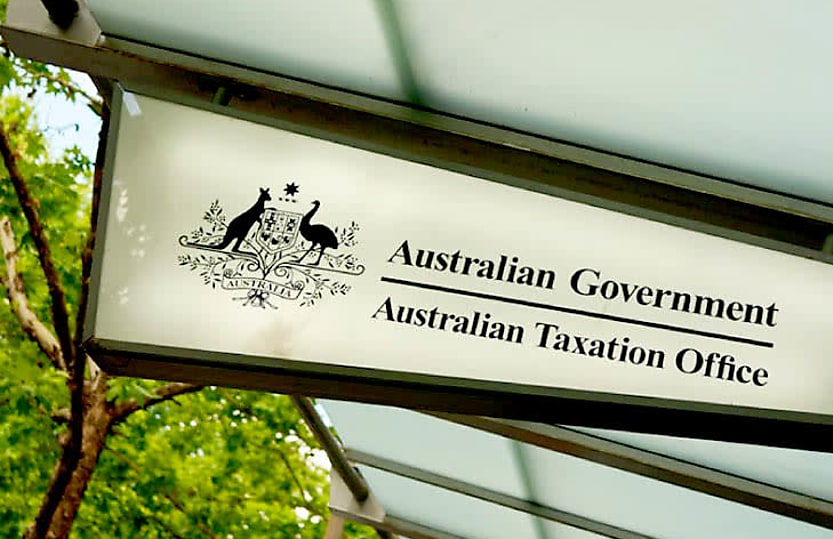ATO warns taxpayers on ‘double dipping’ with WFH deductions

Tax professionals should ensure clients are aware of the broader scope of deductions covered under the fixed rate method, the ATO cautions.
The ATO has outlined some of the common mistakes and errors being made in relation to work-related expenses as tax time 2024 approaches.
Speaking in a recent webcast, ATO assistant commissioner Rob Thomson said with a large number of employees still working from home since the Covid period, it is important clients understand the two methods available for claiming working from home deductions.
We are reminding everyone that there are two ways to calculate working from home deductions and it’s the preference of the individual as to which one they want to use. There is obviously a difference in terms of record keeping though,” said Thomson in a recent Ignition webinar.
One of the methods is the fixed rate method which allows someone to claim a set amount for every hour that they work from home, he said.
“We want to make people aware that the record keeping requirements with that one have changed, and that it now requires someone to keep a record of all the hours they’ve worked at home for the whole year. That can be through time sheets or a diary or whatever they use to record that on,” said Thomson.
“The second part we want to remind people about is that last year we increased the rate but also the scope of the deductions that were included in the fixed rate method to include things like the internet and telephone.”
The ATO changed the fixed rate to 67c per each hour worked from home for the 2022-23 income year onwards and expanded the types of expenses the rate covers.
“So we’re just reminding people that if they’re using that method not to double dip and claim that expense somewhere else,” said Thomson.
For those using the alternative method, the actual costs method, Thomson said it is important to have a record showing how much they’ve incurred and how they’ve calculated the work-related aspect of that expense.
“They need to have a record for each expense [claimed under the actual costs method,” he said.
The ATO is also reminding taxpayers to ensure they have a good records for depreciation claimed on capital assets that have been used for work purposes, he said.
Car expenses is another area where tax practitioners should ensure their clients have the correct records for the method they’re using, said Thomson.
“If people are using the logbook method, then they do need to keep the logbook and ensure that it outlines the hours they’ve been travelling for work versus any private use,” he said.
“They also need to ensure that they’ve got records or receipts of what they’re claiming as part of that such as fuel, oil or any maintenance. So they need evidence or each type of expense that they’re claiming.”
Thomson said the ATO is also seeing some confusion in relation to the fixed rate method around what record keeping is required.
“You can claim up to 5000 work-related kilometres on that. There’s some misunderstanding that you can just claim the 5000 but you still need to be able to calculate and show how you came up with that number,” he said.
“We’re also reminding people that with the five cents per kilometre method, that it is an all inclusive method that includes your maintenance, fuel and registration. So if people are using that method, we’re reminding them not to try and claim those types of expenses somewhere else in their tax return.”






